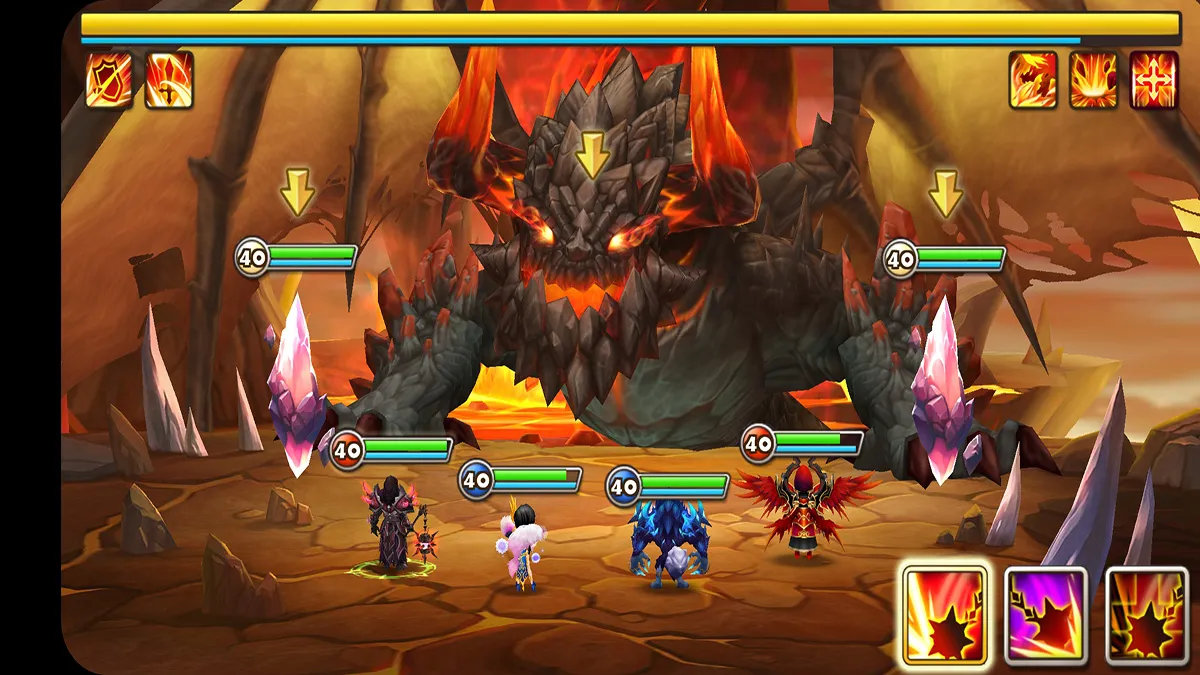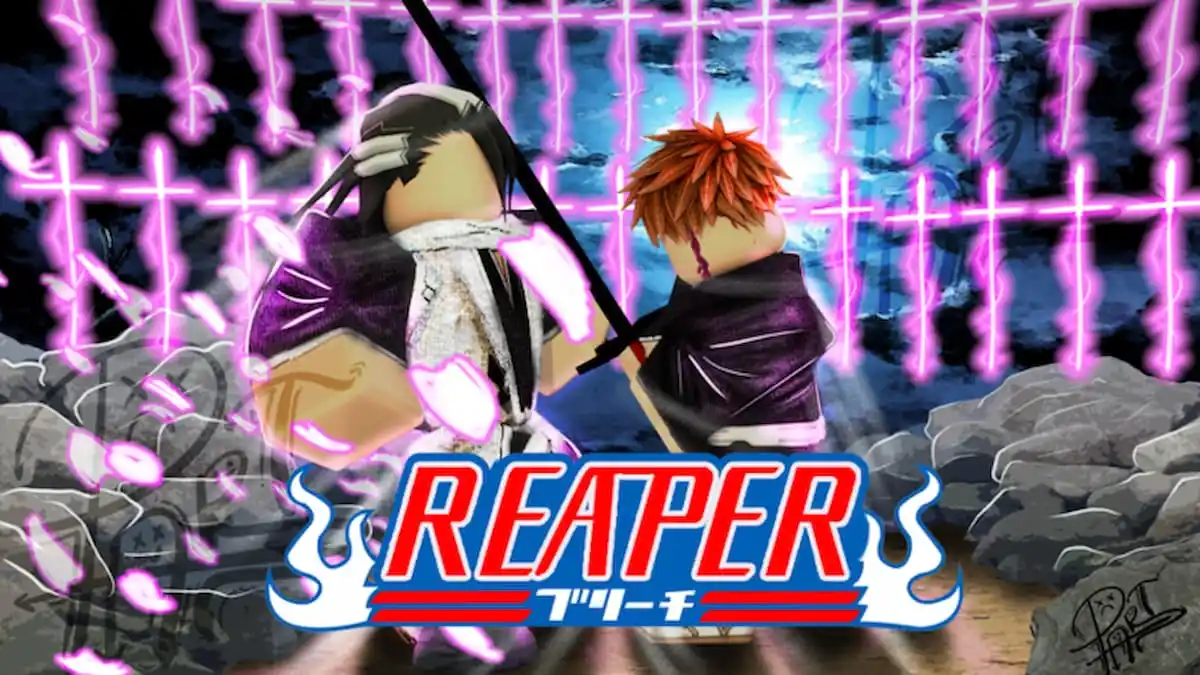New to Splatoon 3, Tableturf Battle gives players another outlet for some healthy competition, even if it is at a slower pace than the Turf Wars it’s based on. Aside from running you through the rules and just throwing you into a few matches, the game doesn’t give you much direction when it comes to strategies. This might be fine at first since the early opponents don’t present much of a challenge, but once you unlock some tougher opponents, you’ll need to consider your strategies a little more carefully. Here are a few tips to help you improve your Tableturf Battle skills.
Related: How to make cash fast in Splatoon 3
Take the middle aggressively in Tableturf Battle

Even though Tableturf Battle is an abstraction of Turf Wars, there are a few differences when it comes to best practices. The biggest one is probably the importance of moving forward quickly with your first turn or two, leaving most of the spaces near your starting location empty until later. This is because in Tableturf Battle it’s much easier to defend a location for an entire match, meaning you can effectively lock off huge portions of the map against most opponents, ending many games before they even start, as shown above.

As far as your deck is concerned, this means that you should be packing at least a couple of cards that are especially long from end to end, possibly curved, while still having as few spaces on them as possible. Playing these cards early is key for two reasons. First, they’re the best for taking and securing territory quickly, as well as for risky flanks. Second, they’re very unwieldy once the battle lines are drawn in any given match, and aren’t particularly effective for painting your own side.
Win the flanks
Once you’ve established yourself in a forward position, you’ll need to pivot your attention quickly (or sometimes simultaneously) to the edges of the board. This is where many battles will be won or lost, and there are quite a few factors to keep in mind when deciding how to proceed.

Depending on how your opponent plays (and how far you were able to push), you have a couple of options for how to handle the flanks. If you have a strong position in the middle, and your opponent has committed a lot of resources to one flank, it’s probably a good idea to play conservatively, by closing off both flanks and protecting them from any further advances, as shown above.

If you’re not in a good position in the center, you might want to risk an aggressive move on a flank (the right side, above), while playing the other defensively (the bottom left, above). Using longer cards, make a dash along the edge you want to push, and don’t worry if some of the spaces get blocked. As long as you get one square in your opponent’s territory, it’s very hard for them to get you out.
Don’t be afraid to tinker with your deck
As with any collectible card game, one of the most important parts of Tableturf Battle is the process of strengthening your deck (or decks). You do this by adding new cards to the mix from time to time, which you can unlock the fastest by playing more Tableturf matches and progressing through the Catalog. As you get new card packs, don’t forget to open them at the terminal in the multiplayer lobby.

Adding new cards to your deck or building one from scratch has another benefit aside from just the power boost, though. It also gets you more familiar with the strengths and weaknesses of a deck, and the more you think critically about your own card choices, the more you learn about Tableturf Battle. Also, if you’re stuck on a specific opponent, it’s worth looking at their deck to identify its strengths and weaknesses, so you can adjust your own build accordingly.







Published: Sep 15, 2022 01:30 pm